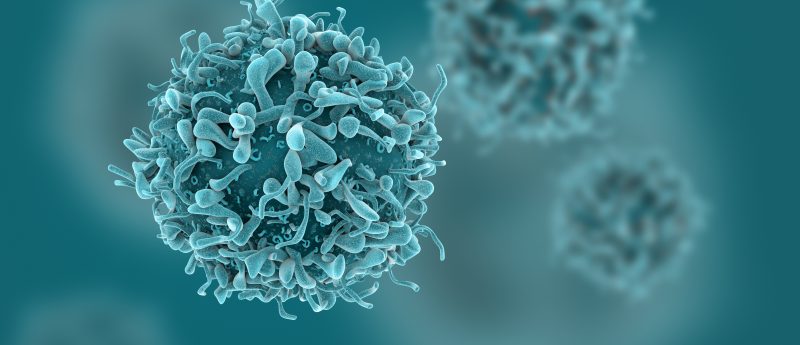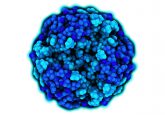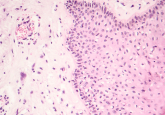Time-of-flight secondary ion mass spectrometry utilized in novel technique to map tumor cell signaling

A team of researchers from the University of Washington (WA, USA) have demonstrated the use of time-of-flight secondary ion mass spectrometry (ToF–SIMS) for mapping the flow of biomolecules in and around solid tumors. The study, recently published in a special issue of Biointerphases celebrating the achievements of women in the field of biointerface science, demonstrated how ToF–SIMS can be used to generate maps illustrating how tumors signal to their microenvironment in pancreatic cancer mouse models.
Previously, cancer research has struggled to identify tumor cells that are interspersed within nonmalignant tissues. This is due to the tumor cells’ ability to exploit the surround tissue environment and monopolize available resources to maintain their growth. This novel approach demonstrates a promising method that could be used to analyze these complicated cell-to-cell interactions.
To research the signals tumor cells utilize to aid continued growth, Lara Gamble (University of Washington) and her colleagues used TOF–SIMS to target nanoscale regions of pancreatic cell tumor in mouse models to gain a sample. The device then analyzed the sample to separate and count molecules based on their molecular weight. This approach generates a map illustrating where a particular molecule may be present in a tumor sample.
When mapped, the mouse tumor microenvironments showed significant changes in metabolism. The ToF–SIMS technique was able to identify alterations to the normal flow of a wide variety of molecules.
Gamble, explained: “People are going to see that this TOF–SIMS technique, when combined with knowledge of tumor cell behavior, will allow researchers to understand what’s happening on the chemical molecular level. Are there certain molecules, lipids or fuels that tumors suck away from regular tissues to help them grow?”
In the future, Gamble and her team hope to use this TOF–SIMS technique on earlier time-points of tumor induction in an attempt to track the chemical signals in line with the tumor growth.
Gamble concluded: “We’re also looking to see if the there’s cross-talk between tumors. We would like to identify the molecules that could both initiate and maintain tumor growth.”
Sources: Bluestein BM, Morrish F, Graham DJ, Huang Li, Hockenberyy D, Gamble LJ. Analysis of the Myc-induced pancreatic β cell islet tumor microenvironment using imaging ToF-SIMS. Biointerphases doi: 10.1116/1.5038574 (2018) (Epub ahead of print); www.sciencedaily.com/releases/2018/08/180828114816.htm






